Despite the demonstrable advantages of hub centre steering and the fact that the system has appeared at regular intervals since motorcycling’s earliest days, there had only ever been one machine - before the advent of Yamaha’s GTS - that made it into volume production - the Ner-a-Car. Invented by American Carl A Neracher in 1919, the machine was built under licence in the UK by Sheffield Simplex, using part of what had been the Sopwith Aviation works in Kingston-on-Thames. The basic design remained unaltered - pressed-steel chassis, voluminous front mudguard, hub-centre-steering, friction drive transmission - but whereas US-built models were powered by a two-stroke engine of 221cc, Sheffield Simplex chose to fit their own 285cc unit. Four-stroke sidevalve and (later) overhead-valve 350cc Blackburne-engined versions equipped with conventional three-speed gearboxes followed. Endowed with excellent handling and weather protection, the Ner-a-Car was a great success, production only ceasing in 1926 because of problems within other parts of the Sheffield Simplex group. Although this example’s old-style continuation logbook, issued 1952, records the engine capacity as 200cc, it is almost certainly a Sheffield Simplex-built 285cc Model B. The machine was purchased by the current owner’s father in 1952 and ridden on a daily basis for the next four years. Then from 1956 to 1972 it remained stored in a greenhouse before undergoing restoration. The restored Ner-a-Car was then used for local rallies in Essex, including the well-known Battlesbridge and Barleylands events, until 2006, since when it has not been ridden. Offered with the aforementioned logbook, instruction manual and old-style Swansea V5, the machine will require re-commissioning and the customary safety checks before returning to the road.
Despite the demonstrable advantages of hub centre steering and the fact that the system has appeared at regular intervals since motorcycling’s earliest days, there had only ever been one machine - before the advent of Yamaha’s GTS - that made it into volume production - the Ner-a-Car. Invented by American Carl A Neracher in 1919, the machine was built under licence in the UK by Sheffield Simplex, using part of what had been the Sopwith Aviation works in Kingston-on-Thames. The basic design remained unaltered - pressed-steel chassis, voluminous front mudguard, hub-centre-steering, friction drive transmission - but whereas US-built models were powered by a two-stroke engine of 221cc, Sheffield Simplex chose to fit their own 285cc unit. Four-stroke sidevalve and (later) overhead-valve 350cc Blackburne-engined versions equipped with conventional three-speed gearboxes followed. Endowed with excellent handling and weather protection, the Ner-a-Car was a great success, production only ceasing in 1926 because of problems within other parts of the Sheffield Simplex group. Although this example’s old-style continuation logbook, issued 1952, records the engine capacity as 200cc, it is almost certainly a Sheffield Simplex-built 285cc Model B. The machine was purchased by the current owner’s father in 1952 and ridden on a daily basis for the next four years. Then from 1956 to 1972 it remained stored in a greenhouse before undergoing restoration. The restored Ner-a-Car was then used for local rallies in Essex, including the well-known Battlesbridge and Barleylands events, until 2006, since when it has not been ridden. Offered with the aforementioned logbook, instruction manual and old-style Swansea V5, the machine will require re-commissioning and the customary safety checks before returning to the road.
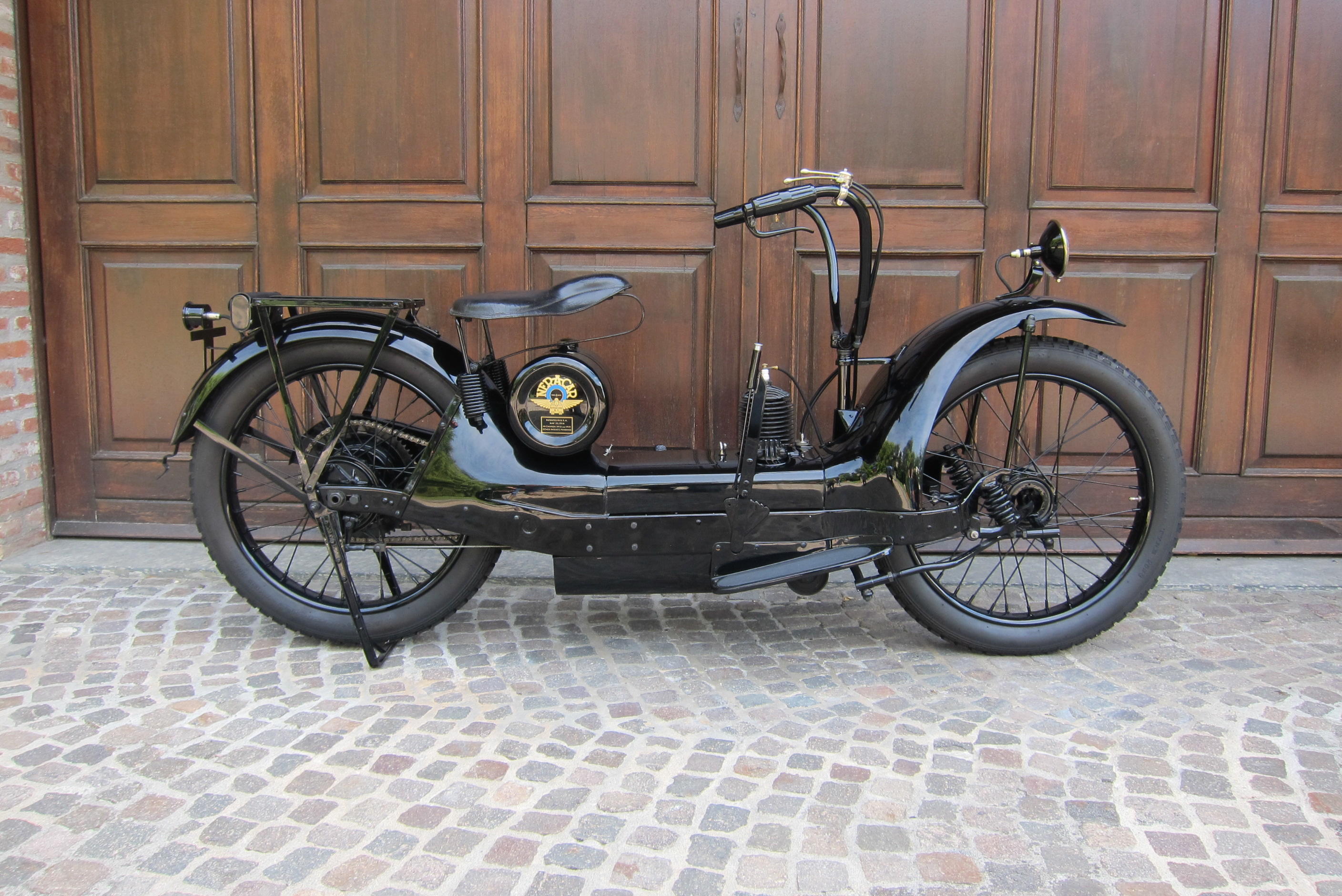

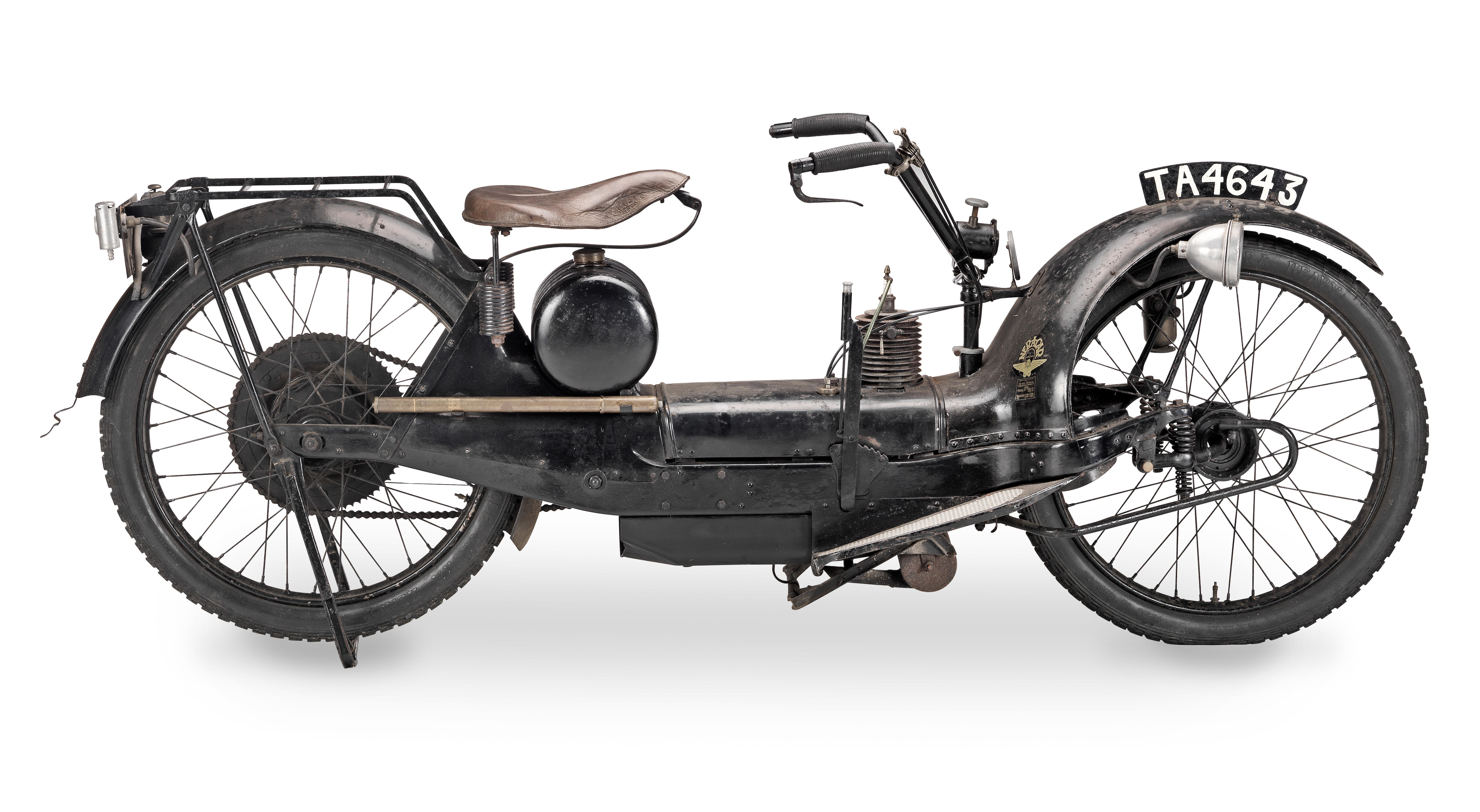
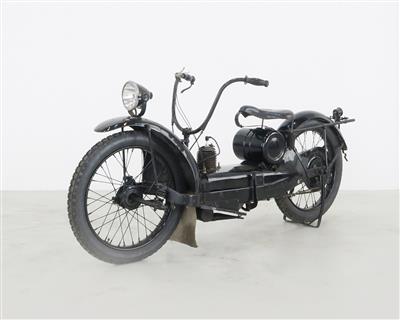
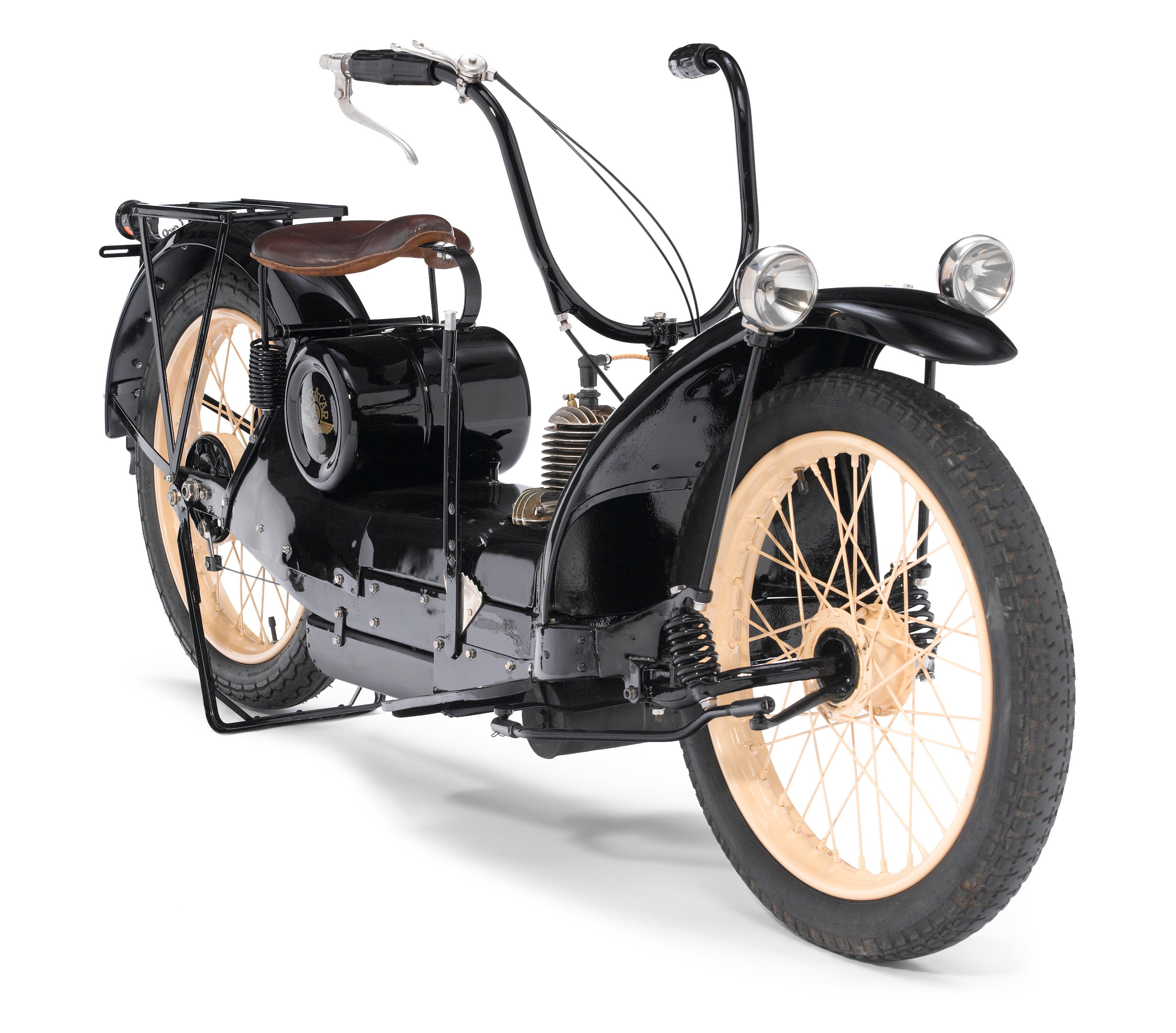
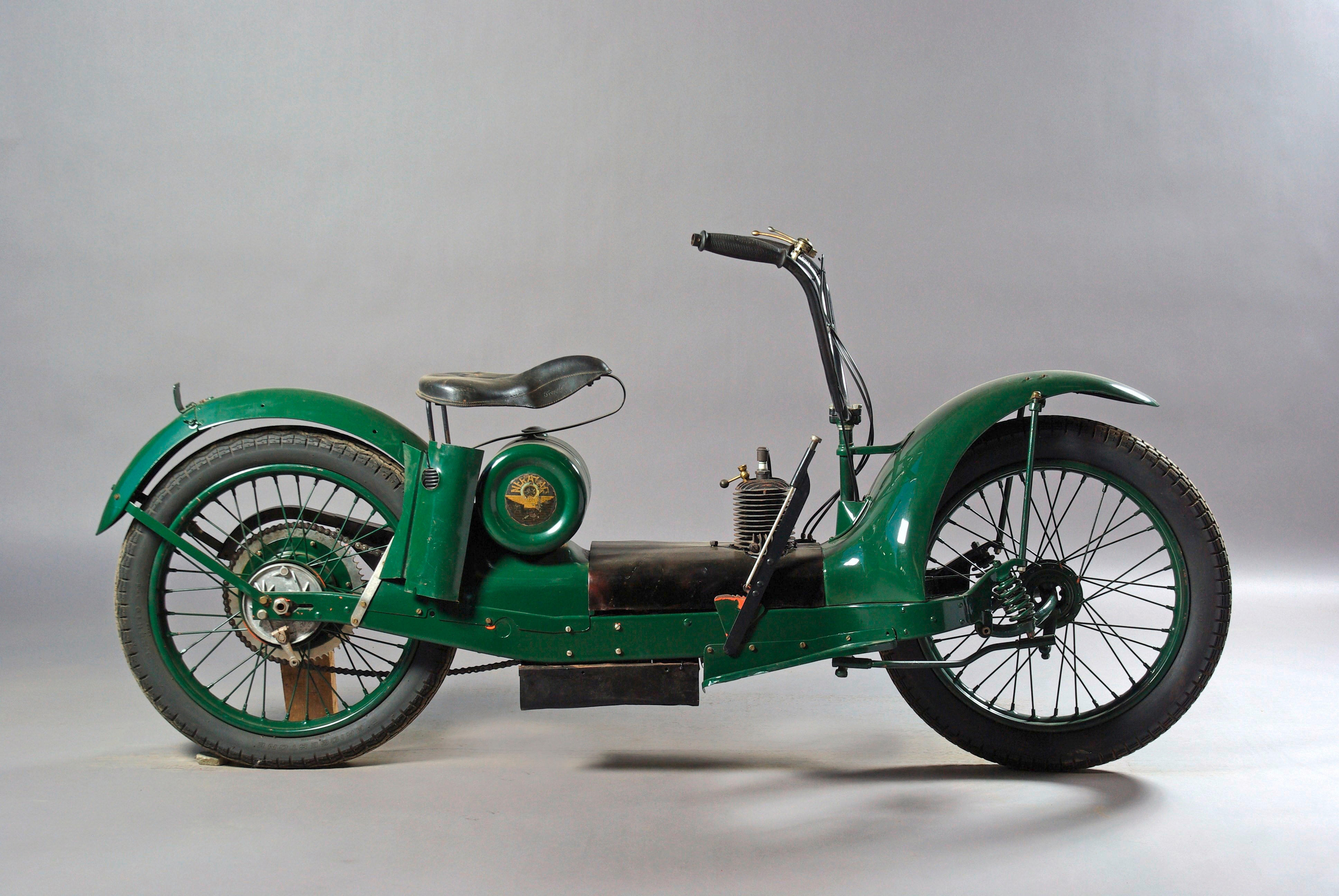


.jpg)
.jpg)
.jpg)
.jpg)
.jpg)
.jpg)
.jpg)
Testen Sie LotSearch und seine Premium-Features 7 Tage - ohne Kosten!
Lassen Sie sich automatisch über neue Objekte in kommenden Auktionen benachrichtigen.
Suchauftrag anlegen